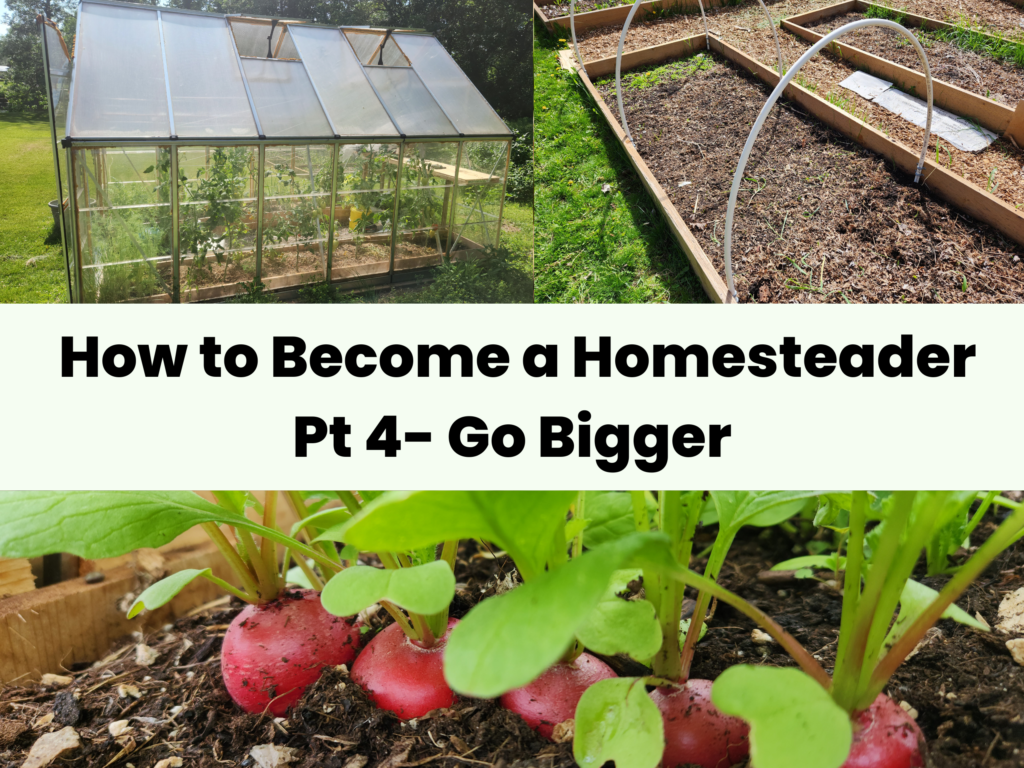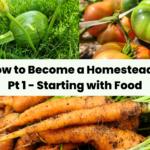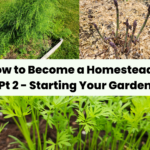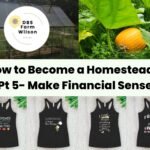In what felt like the snap of my fingers I went from living a completely city-bound life to wanting to homestead and become self-sufficient. Being in the garden and making my own food filled me with such joy and helped me find my purpose in life. This change was all thanks to the 2020 pandemic and I’m so grateful for it. It helped me see what truly mattered and made me prioritize things in my life to become a homesteader.
Once I decided that the homestead life was for me, I wasn’t sure how to get to where I envisioned myself being. It seemed like an impossible journey. Moving to the country – how would we make money and work when our jobs were in the major city? Growing and making my own food – how could I do that when I barely knew how to cook or grow anything?
If this sounds like you, then you’re in the right place.
This mini-series will provide a simple road-map for how I was able to go from a city-slicker to a homesteader in a few short years.
- Read: Part 1 – Starting with Food here.
- Read: Part 2 – Starting Your Garden here.
- Read: Part 3 – Harvest & Learn here.
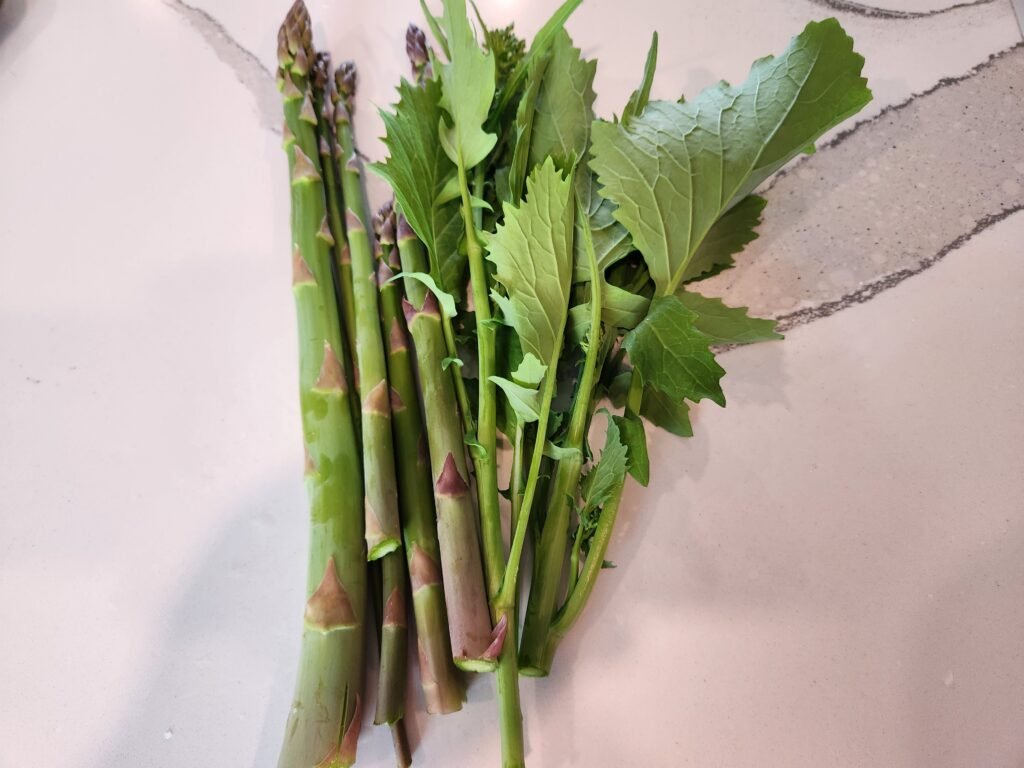
Preface: My Story
It started small in a tiny suburban backyard with an 8×8 garden bed and from there we focused on eating real whole foods. When we cut out restaurants and pre-made/pre-processed foods and opted for more delicious homemade food it literally changed our lives. We started canning and freezing our garden abundance to utilize throughout the winter. Then we started baking our own bread and (proudly) haven’t bought a loaf from the store since 2020! But we wanted to do more. We loved our time in the garden, learning, growing, eating real food and becoming more self-reliant in a time when food was becoming scarce.
We made big career changes that were really hard and tough so we could buy a new home with some land to keep building our dreams. In 2021 we built nine 4×12 garden beds, a greenhouse and got our first livestock animal – chickens.
2024 marks our fifth year gardening, eating whole foods, and cooking from scratch. Also our third year with chickens and gardening with a greenhouse. We’re planning and prioritizing our most eaten foods from the garden to make the most of our investment. All while also learning new things along the way and still planning for our big forever homestead property with acres of fruit tree fields, vegetable crops, farm animals, and medicinal gardens. We’ve come a long way and I truly hope to help others reading this with what I discovered to get us here.
What’s Next In Your Homesteading Journey?
Moving On Up
After experiencing a gardening season or two and you’ve tasted the tip of the exciting gardening life, you’re going to want to go bigger.
More garden beds, more space, more livestock.
Just like the previous parts of this series, this is in no particular order. As life never goes in the same order for two people.
Buy Rural Property
Leaving the city and moving out to a rural home will bring you one big step forward towards homesteading and being self-sufficient. Things in the country work differently than in the city. Life moves more cautiously, more slowly, and more intentionally.
Buying your first rural property out of the city also doesn’t have to be ‘the big farm’. What we did was start small – (there’s also a housing crisis where I live so that played a big part). We call our first rural property our ‘country test house’. It helps us understand a bit more of what we are getting ourselves into. Including the realities of living farther from society with more homesteading responsibilities like livestock and a greenhouse and a big garden.
While there’s nothing wrong with going big from the get-go, just remember that homesteading and learning to be self-sufficient is NOT a race. It’s a marathon. I’ve learned so much since moving out here that city life did not prepare me for. I’m glad we did it in smaller doses so when we go big, we can hit the ground running.
Whatever your property size or location for your country homesteading life it must be zoned for livestock. Some cities and towns do allow a few backyard chickens. However, to be fully self-sufficient, it’s better to ensure the property is properly zoned so you’re not breaking any laws… In case you have really bad neighbours that call the cops on you.
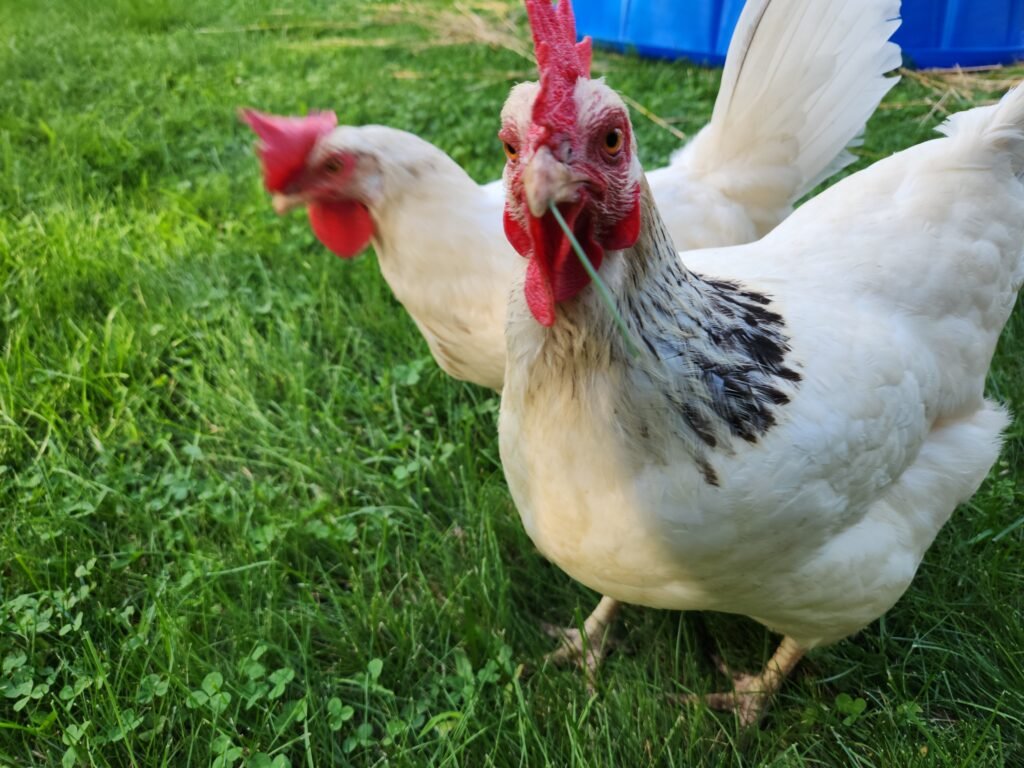
Livestock
Livestock is the true foundation for any homestead. You can be self-sufficient without livestock, but rarely will you see that occur.
The most common and the easiest livestock animal to have is chickens. They’re fairly low maintenance and don’t require too much space. They’ll eat bugs (like ticks) and your kitchen and garden scraps all while also providing an excellent rich manure you can use in your garden beds. Oh, and they also can lay 300 eggs per year, per chicken.
Ducks are another common livestock animal to keep. They are similar to chickens in that they don’t eat a lot, don’t require much space, they lay a ton of eggs and provide rich manure. Ducks do need water so their ‘run’ needs to have at the very least a duck pool to swim/bathe in.
Getting livestock helps provide you with another self-sufficient resource on your homestead. Whether or not you want to eventually use your livestock for meat, most livestock animals will also provide another resource to your homestead like eggs, milk, or wool.
Grow an Even Bigger Garden
Location, location, location! You have your dream rural property and you’re on your way to becoming a homesteader! Now you can upgrade from the small backyard or condo garden bed to as big as you want it.
This is another great opportunity to re-evaluate where you are in your preserving journey and where you want to be.
We went from the one 8’x8’ garden bed to nine 4’x12’ garden beds (not including the greenhouse, fruit beds, herb beds, flower beds and wheat crop). This change allowed us to better allocate space to what we wanted. For example, in 2023 we grew a whole bed of tomatoes and it was wonderful! We had a huge abundance that was used fresh & canned for pasta sauce. This year we dedicating two garden beds to our tomatoes. The goal is to make tomato paste and passatas in addition to tomato sauce as that would help our preserving goals tremendously.
Set up big garden goals and go for them! Want to grow your own wheat to mill and make your own flour? Yes please. Build space on your property for a crop and see how it goes from season to season, gain experience and learn what works best. Each year provides us with so much opportunity and learning that by mid-season, you should be excited for your next year’s garden plans!
Have FUN!
Try out some fun items you’ve always wanted to grow. Or follow other gardening accounts online and get inspired to grow something new. I love watermelon and so we’ve been trying to grow that.
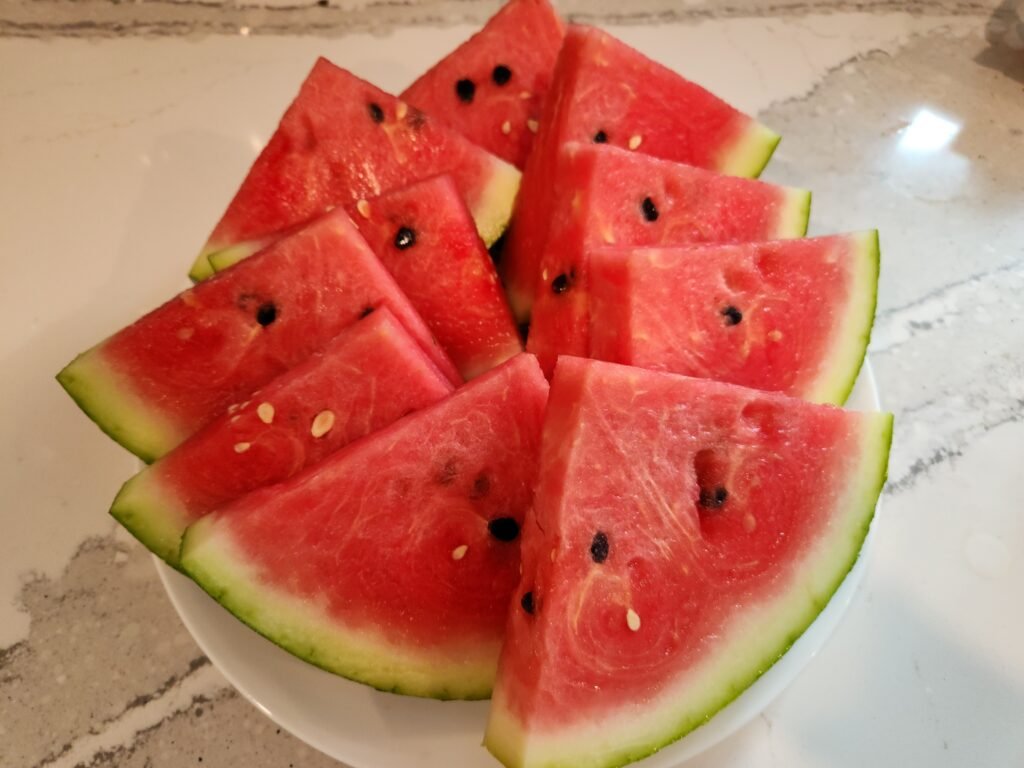
Progress is so important to keep track of in your gardening journal. Watermelon in particular loves warm, hot weather. Our first year growing it, even though it started late, it wasn’t quite warm enough in zone 5B. But the second year we would have had perfect conditions for watermelon had we not had our late frost. The seedlings took a long time to grow back so we only had one ripe watermelon at the end of the season. Our third season is upon us and we have started the seedlings early enough, and won’t be planting them outside until a few weeks past our last frost date. This is the experiences that are imperative to keep track of in a gardening journal.
Up next, is Part 5 – Make it Make Financial Sense. Subscribe to our email list so you don’t miss any of the next installments of this How to Become a Homesteader series!

